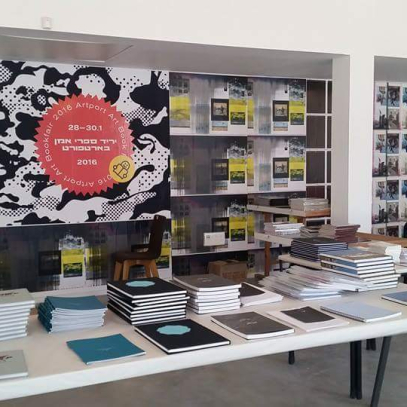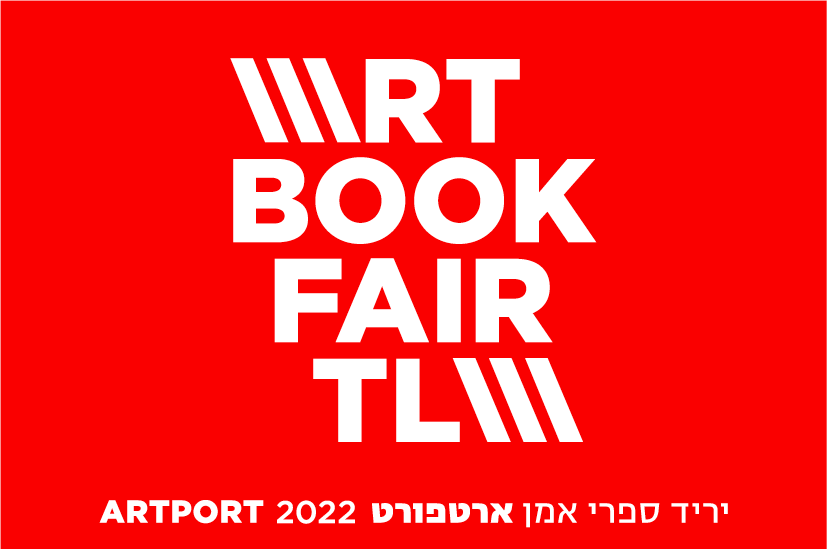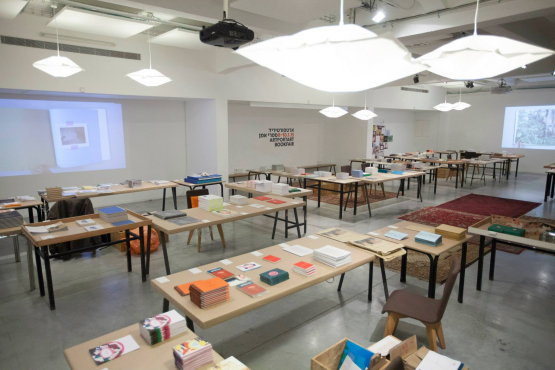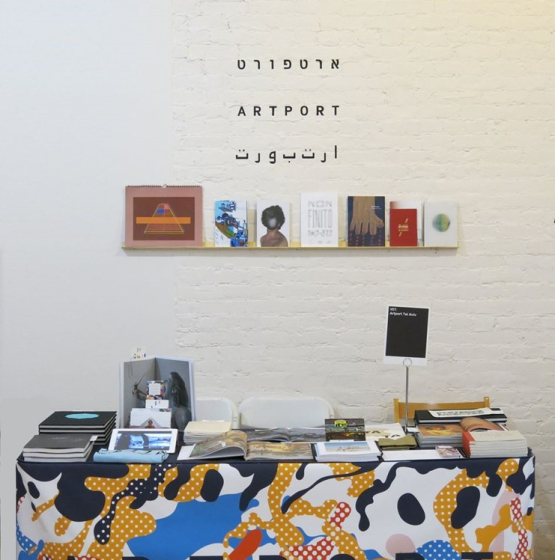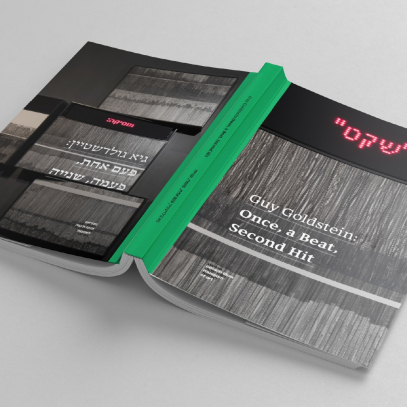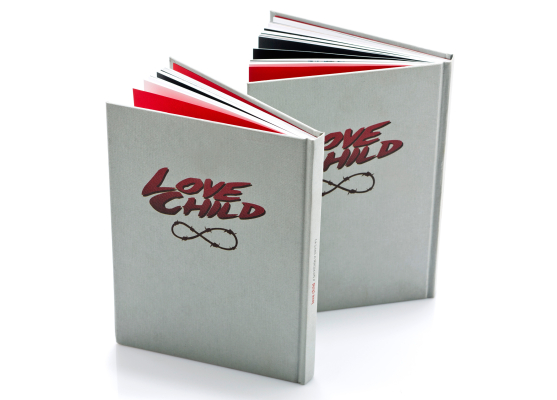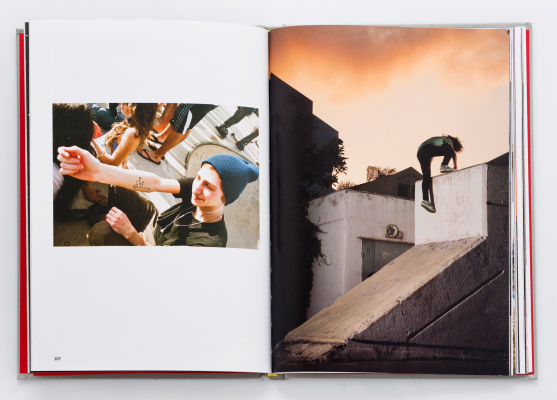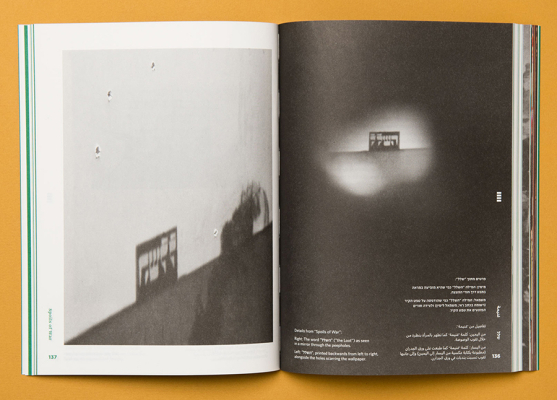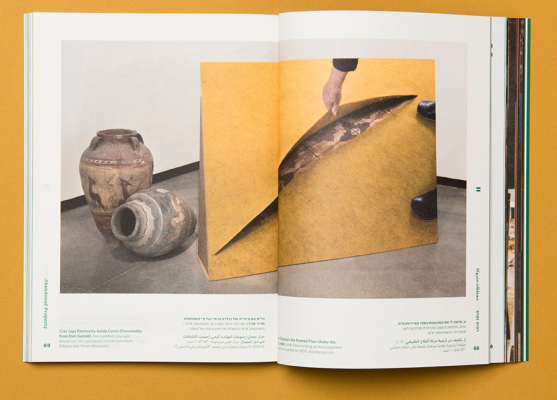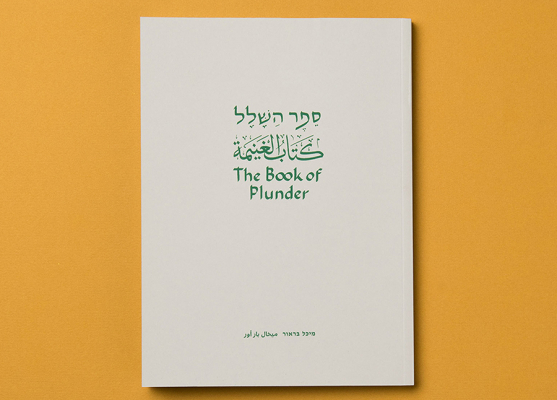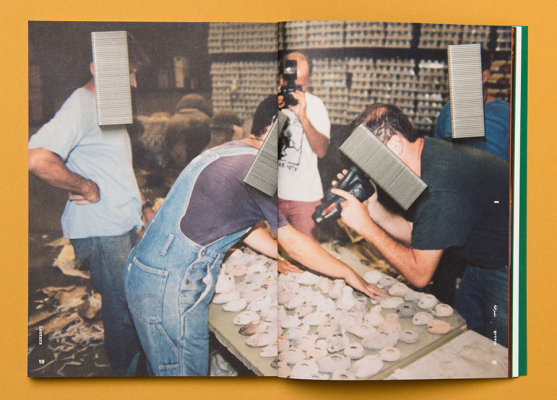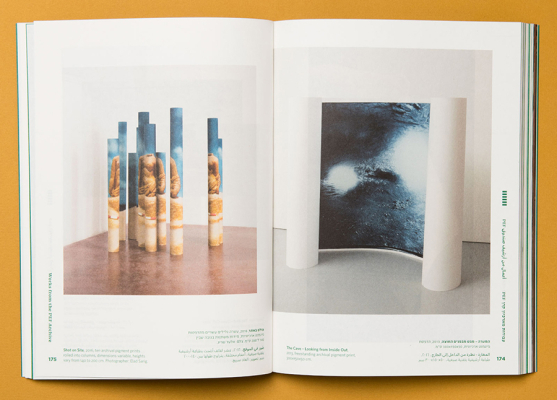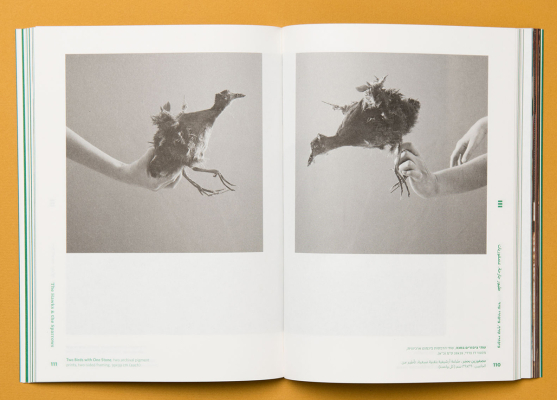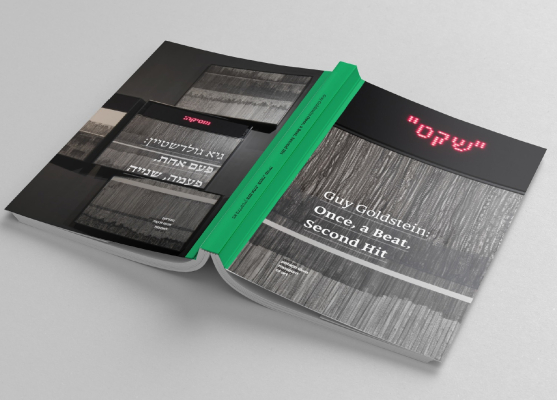Artport’s Art Bookfair was founded in the winter of 2015 and has become a winter tradition, attracting thousands of visitors to a weekend of books and art.
The fair, the largest of its kind in Israel, focuses on artist books and allows a glimpse into unique objects that usually cannot be found in regular bookstores. Some of the books are handmade, some are professionally designed and printed, and others are individually painted and bound. The Bookfair features books that continue a project that started in an exhibition, as well as those that exist only as stand-alone printed matter.
Artport also takes part in international book fairs around the world, presenting books and catalogues by artists that have been part of our residency program.
Artport's Art Bookfair
Fairs Around the World
Artport supports art books by the residency alumni, hoping to strengthen and enrich the local art book scene.
We believe that these books complement the artist’s work and allow the art works to travel the world and go places beyond where the artists can visit themselves. Often the books are the only place where projects are documented and archived, and they allow a deep and thorough exploration into the artist’s work.
The Books
Guy Pitchon, Love Child
Having served as a principal object of courting and admiration for the second half of the 20th century, “youth” is the great neglected of recent years.
The advantages of youth have been stolen for the sake of the new class of the “young”, which is extended without limit, until the body does not afford us liberty any longer. The status of youth has grown weak as an economic power. It lacks behind the status of children – who are more loved, more endeared, the new extortionists of money and blame, and also behind the economic power of the adult bourgeoisie. The youth have nothing to offer: they have neither hope nor wallet; they are after sexual discovery and before uncovered sexuality. We have taken away from the youth all that they had, and now they are our martyrs, expressing with .The youth of Pitchon crash on the cement of the shopping centertheir own bodies the boredom, the cruelty, the confining spaces of the 21st century
Michal Baror, The Book of Plunder
A temporary summary of questioning the complex and fascinating relationship between the concept of plunder and the object of artistic display
Guy Goldstein, Once, a Beat, Second Hit
The book “Once, a Beat, Second hit” accompanies Guy Goldstein’s solo exhibition at the Petach Tikva Museum of Art (2018) under the same title, and summarizes Goldstein’s artistic work over the past decade. The book presents the artist’s canonical works, which deal with the connections between the visual and the audial, in terms of noise and harmony in time and space, in words and music.
